Urbanization, biodiversity loss, climate change – human impact has undeniably taken its toll on the planet.
We’ve lost hundreds of species. Can we rewild landscapes and bring back species that are no longer here?
Let’s cover the basics. What is rewilding?
Rewilding means bringing back qualities that have been lost, restoring an area of land to its natural state and possibly reintroducing species that had been driven out or exterminated.
What’s the difference between conservation and rewilding?
Conservation focuses on protecting and restoring current habitats and wildlife populations. It’s almost like hitting “pause” for these species. Whereas rewilding emphasizes the restoration of habitat and wildlife species that have been driven out.
One of the most famous rewilding projects is the reintroduction of wolves in Yellowstone National Park in 1990. The wolves changed the course of some rivers, stabilized deer and elk populations, helped make healthier riverbanks that suffered from less erosion and so much more.
What about Canada?
In Canada, we are lucky to still have many areas untouched and considered “wild”. However, these areas used to have species that thrived for many years, but may not exist in the region at all anymore.
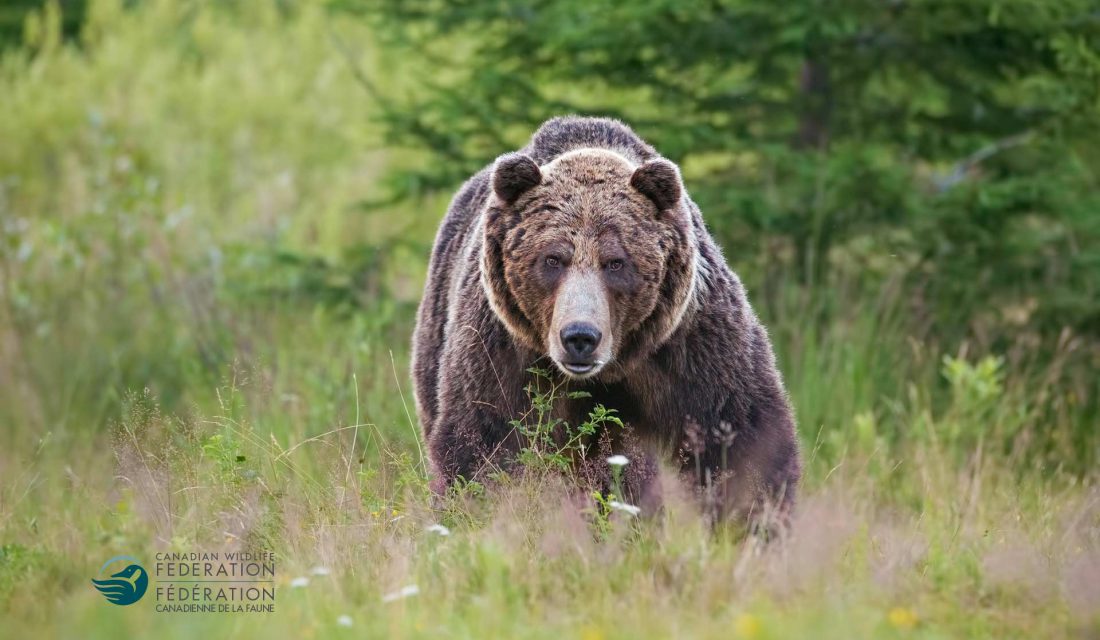
For example, Grizzly Bears used to live across all the Prairies. It is said that the first Grizzly Bear to ever be seen by a European explorer was in eastern Saskatchewan. Now there isn’t a Grizzly Bear in sight in that neck of the woods.
Decision makers in Banff reintroduced Plains Bison to the Rocky Mountains last summer, which have been long gone for about a century.
Can rewilding work for these species? Should we even consider it?
There are many questions that need to be asked when rewilding landscapes with species that have been long gone and many will be unanswered, as we simply do not know everything. Should we rewild species in Canada that haven been gone for a while? We’d have to be prepared to have species live in all kinds of landscapes, even it means it’s a bit closer to home. Because as you know, there is no such thing as a border or personal property line for wildlife species.
It’s certainly a conundrum and you could really make a case for either side.
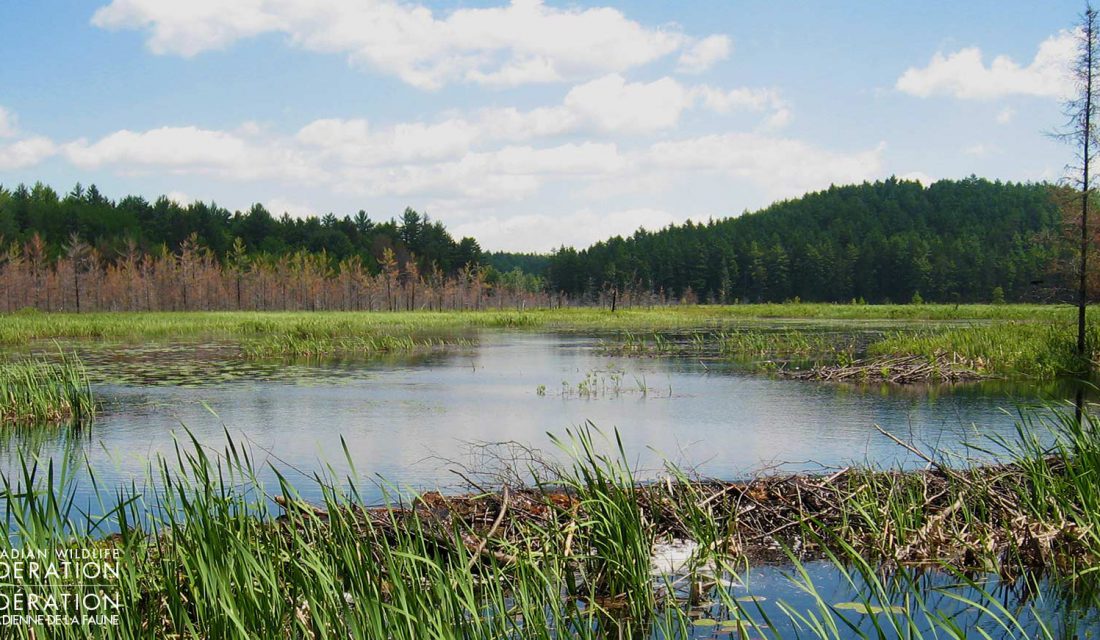
The pros of rewilding in Canada:
- Helping to reduce a mass extinction by giving nature a chance to reestablish its natural state of abundance and biodiversity. In truth, we would never be able to reverse the sixth mass extinction, but rewilding could make a small dent in reducing it.
- Maintaining a piece of the Canadian identity. Each wildlife species has an intrinsic value in Canada, knowing they still exist in Canada will help maintain a piece of Canada as we know it.
- Giving Canadians an opportunity to observe species in their natural setting.
- Fighting climate change. For example, every tree planted in a rewilding project absorbs as much as 22 kilograms of carbon dioxide per year.
- Inspiring a generation to love nature and increase well-being.
- Helping prevent natural disasters like flooding, soil erosion and more.

The cons of rewilding in Canada:
- Impacting property. Some property owners around the rewilding sites may suffer from rewilding. For example, introducing predatory species likes wolves’ increases the risk of losing livestock for farmers.
- Planning the land requirements for rewilding projects. It would take a lot of planning to decide the areas to rewild from countryside to city.
- Gambling that it’d work. It is not always clear if extirpated species will do well if placed back in a previous environment.
What can you do to rewild your property?
The easiest and simplest way to do your part and help rewild is to plant native trees, flowers, shrubs and more in your backyard. Help create habitats for bats, butterflies, birds, and so much more. Take part in restoring wetlands by removing invasive plants.
What does the Canadian Wildlife Federation think of rewilding?
Well, it depends. It’s complicated and there are no right or wrong answers. We are more interested in restoring habitats and keeping the species we currently have at healthy population levels than reintroducing species that are already gone for centuries.
It is proven to be much more effective (in terms of cost, effort and success) to prevent wildlife or habitat loss than to restore or rewild it.
We want to hear from you!
What do you think about rewilding? How far back in time should rewilding go? Do we bring back species from last century or millennial? Let us know in the comments below!

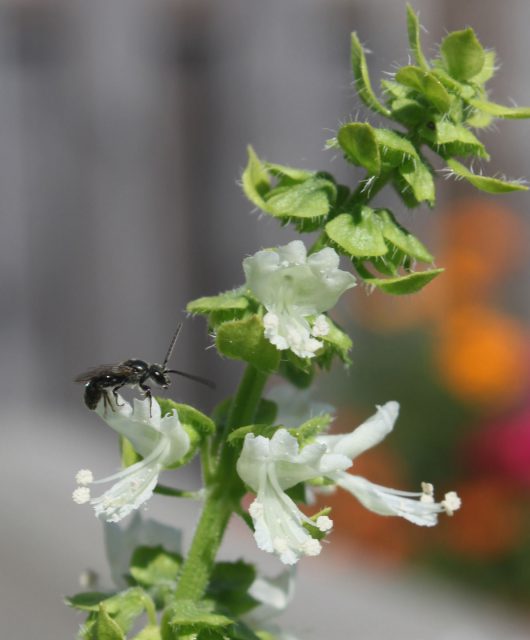
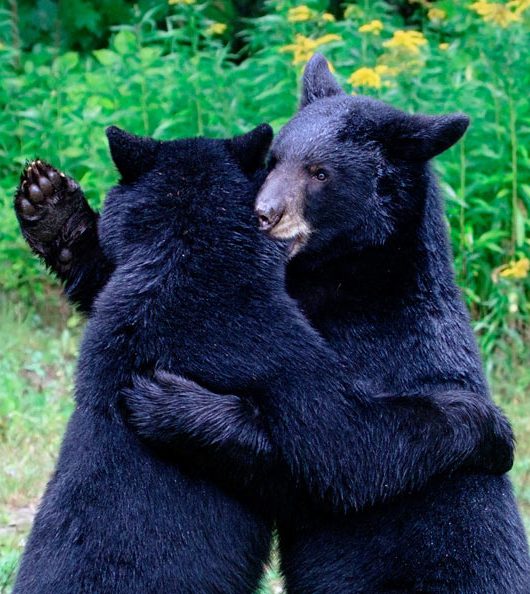

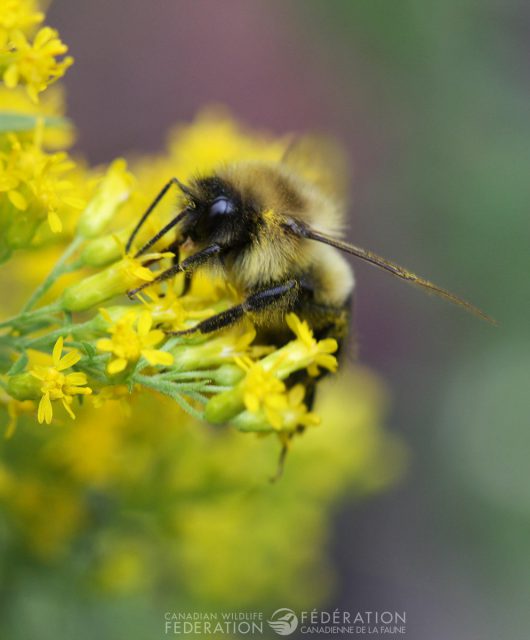
18 comments
Rewilding? Definitely yes. In so far as rewilding would require protecting a wide range of habitats I’m all for it. How far back to go? I don’t expect or want to see heroic efforts to bring back extinct fauna such as the Passenger Pigeon. But really, any creature extirpated from its natural range since the Industrial Revolution and which has a viable possibility of reintroduction should be seriously considered for rewilding efforts. Habitat loss is just as real as climate change and solely caused by endless, virtually unchecked, human expansion. We as a species feel entitled to wantonly override the requirements of native species to build homes, factories and farms. There are a host of other creatures that have no option but to share the planet with us and who have an equal right exist here. We owe it to those creatures to protect them and their homes as we do ours. We have claimed “dominion” over the entire planet to the detriment of entire species. We need to use that “dominion” in a manner that respects all other occupants of Planet Earth.
Good morning
I live on a farm/forest in B.C. and we have decided to move towards rewilding our farm. Are you aware of any help that is available or anyone we could contact in the Kamloops area.
Any info is appreciated.
Thank you
Richard
In my opinion, I think we should rewild landscapes in Canada and around the world, be cause as you can see nowaday, so many landscapes is being destroyed and dying. The most recent was the Australian bushfire made so many rare animals died and also lost many trees and woods. Like Amazon rainforest, it’s seemed like be destroyed, Notre Dame Cathedral in Paris – France, etc. We need to stood up and lobbied every country in the world to make the world more beautiful, make the world same as before. It will make the air more fresh. It will also make economies of more developed countries, the tourists are also crowed and enjoying.
in my opinon rewilding is a reall good idea in concept, but when brought into reality it has a high probability of backfiring. Intruducing a species to a area of land where it hasnt excisted for a long time may backfire as it could affect the ecosystem too much. the numbers would also be hard to get rght, if they decide to introduce lots of wolves it could affect the ecosystem badly, but f they introduce too little woles they would have gon through a ton of effort and planning only for it too have no effect
in conclusion rewilding is a good idea but not alwasys
I think that Rewilding is a good idea because all the animals that are getting killed daily because of deforestation and housing that are being put up are taking away their habitat and destroying the ecosystem by a huge amount. This is the start of a mass extinction of all the animals if we don’t start doing something about it. The only downside of this is that lots people in the world just care about money and sometimes it might not work if you try to go into a debate against them. But if we can get as much people as we can to help we can start a small change in this world. In my opinion I think that we need to stop the construction workers and business workers to stop building on environmentally protected forestry or large landscapes of land that are being used by animals. I think that Rewilding is a great idea and it is something that we all need to get started on.
Please, the first 5 mass extinctions took place without humans.
Replace the rain forests in Brazil and Indonesia. These are the earths lungs. They are being cut down at an arming rate.
Replacing wild prairies with Euroasian grasses isn’t as terrible as those timber losses.
The geologic activity at both of the poles is just now being studied. Read about it! As well as the amount of methane released by the earth under oceans.
There are so many things going on…. rewinding is a small bandaid.
Rewilding is the way to go! Please hire me or hit me up! I want to be part of rewilding Canada or the World! I want to be part of this!
The most important thing we have to get rid of is the misnomer that we are the smartest, most important species on Earth and we have the right to interfere with nature. We have to replace the falsehoods that the only way to help farmers where wolves are present is to kill wolves. There are lots of successful alternatives already known and practiced that do not harm wolves. Nature has been around for millions of years evolving and changing and self-regulating and self-organizing without our interference. The destruction nature faces is due to our disconnection from it and the resulting falsehoods about it. We are not at the pinacol of the all of life. Not even close.
Re: two types of methods of “helping” nature that we have decided we are the most qualified to impose on nature, conservation has a very dark side. Millions of indigenous peoples have been displaced out of areas conservationists decided are in most need of protection. Think of the supreme arrogance and ignorance of that for a minute. Conservationists in Canada use
Wildlife Management practices in “conserving” wildlife. Wildlife Management is there just to kill wildlife. Millions upon millions of wildlife are killed off each year by Wildlife Management for not real reason at all.
Wildlife and climate change. Apex carnivores are essential in the fight against climate change. Wolves for example leave part of the carcasses they eat for other animals to eat thereby strengthening the ability of those smaller carnivores health and well-being so they can survive adverse conditions. I just want to add that trees are not as prominent in absorbing carbon from the atmosphere as previously thought. Only deciduous trees take up significant amounts of carbon with the rest coming from oceans. We are after all 70% ocean and 30% land. Mass planting of trees was concluded to be one of the factors most damaging to nature as there is such a loss of diversity with mass planting and trees and they are relatively small contributors to the solution compared to the oceanic contribution. The ultimate solution lies with the cessation of industries that produce green house gasses or their severe regulation and in our addiction to power and greed. ie capitalism.
I need to get going so I will stop this. I have to confess that I do not know much about rewilding so I have nothing to say about that.
Small changes done by a lot of people will amount to enormous benefit for the planet. We should stop waiting for someone else, governments, conservation societies, etc to do all the heavy ” lifting “. I will be reforesting my one acre lot even more this year, planting more native bare root deciduous trees, etc. Hopefully my action will create a mini oasis, a safe corridor for wildlife. Less heating and cooling for me, I will not be a slave to my lawn, I will be surrounded by a forest. I am not flush with cash, just pension, but this is of utmost priority for me.
And just maybe, my neighbours may appreciate the beauty of my efforts and may start cutting less grass and planting more as well. Oh, just one more thing, please do read labels and refuse purchasing items with palm oil as ingredient. If you like to breathe, and who doesn’t, go and plant a tree! For people stuck in cement towers, the conservation and government should provide designated areas where tree planting opportunity is provided. Great for mental wellbeing and a sense of purpose, and a wonderful lesson and outing for children. Please read anything by that great Canadian, Diana Beresford Kroger. Power to the Trees!
I just want to tell you that I’m new to landscaping, I appreciate your kindness! Thanks a bunch for sharing your article.
I’d say a definite yes for rewilding simpy because I love all of the worlds fauna and flora so if I can do anything to help reintroduce or help support Canadas as much as I can. Also fun fact earthworms aren’t native to Canada anymore due to the ice age that due to the incredibly long very cold winter they all died off in North America (I’m not exactly sure about South America though).
dont think rewild as it could affect some ainmals and humans and like they have said it is a massive gamble ur messing with some peoples hard work to gamble that it would work and could force other ainmals in to excticion
many thanks smelt
Embracing diversity allows individuals to break free from societal constraints, exploring a spectrum of desires and preferences. This exploration fosters self-acceptance, bolstering self-esteem and confidence. In relationships, diverse experiences contribute to a deeper emotional connection, spicing up intimacy and preventing monotony. The acceptance of varied desires promotes a culture of inclusivity and understanding, diminishing judgment and stigma. Overall, a diverse sexual life empowers individuals to embrace their authentic selves, fostering a more profound sense of well-being, satisfaction, and harmonious connections in both personal and interpersonal spheres.